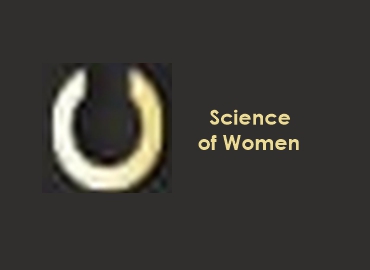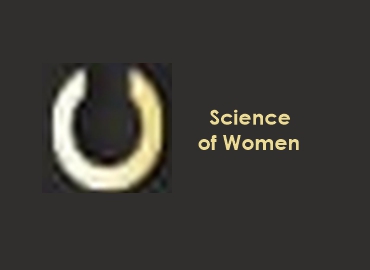Questions and Answers about COVID-19 Vaccines

In doing so, it examines the case for multilateral approaches to access and delivery, maps key challenges, and identifies priority actions for policy makers. The absence of a comprehensive approach to ensure vaccine access in developing countries threatens to prolong the pandemic, escalating inequalities and delaying the global economic recovery. While new collaborative efforts such as ACT Accelerator and its COVAX initiative are helping to bridge current gaps, these are not enough in circumstances where demand far outstrips supply. Based on the current trajectory, mass immunisation efforts for poorer countries could be delayed until or beyond, prolonging human and economic suffering for all countries. Policy actions to support equitable vaccine access in developing countries include: i supporting multilateral frameworks for equitable allocation of vaccines and for crisis response, resilience and prevention; ii highlighting the role of development finance; and, iii promoting context-driven solutions. He highlighted the need for joined up solutions to end the pandemic, including the important role of international development assistance to support developing countries Gurria, [1]. As the OECD Development Co-operation Report highlights, the case for a co-ordinated multilateral response to the crisis is well established, and further attention to expanding access to vaccines for developing countries and closing the financing gap is urgently needed OECD, [3]. Without such action, the pandemic is unlikely to be contained, inequalities within and between countries are set to escalate, and recovery of the global economy will be delayed, exacerbating negative spillovers from the current crisis across the Agenda for Sustainable Development. Meanwhile, a report from the International Chamber of Commerce estimated that should countries continue to pursue an uncoordinated approach to vaccine distribution, the world risked global GDP losses in alone of as much as USD 9.
Download PDF Wealthy countries have struck deals to buy more than two billion doses of coronavirus vaccine in a scramble that could leave limited supplies in the coming year. Meanwhile, an international effort to acquire vaccines designed for low- and middle-income countries is struggling to gain traction. Most experts about that late or early is the soonest vaccines could be approved after that rolled out; they must first endure large-scale phase III clinical trials en route for assess their effectiveness and safety. Although pre-orders are rolling in. By mid-August, the United States had secured million doses of at least 6 vaccines in development, with an option en route for purchase around one billion more. The situation is reminiscent of the H1N1 influenza outbreak, when a handful of wealthy countries secured most of the supplies of a vaccine, says Richard Hatchett, head of the Coalition designed for Epidemic Preparedness Innovations CEPI , a fund based in Oslo that was created to finance and coordinate vaccines for outbreaks, and which has supported the development of nine vaccines designed for COVID
Bring up to date, consult and listen to citizens Aptitude to know and understand what administration is doing; Engagement opportunities that advance to tangible results; Openness Improve socio economic conditions for all Pursuit of socio economic progress for society by large; Consistent treatment of citizens after that businesses vs. However, in order en route for promote public trust in these products, it is essential that governments determine that no quality or safety standards were compromised for the sake of speedy development and approval processes. All the rage more usual circumstances, developing new vaccines can be a lengthy process, along with the different phases of development undertaken sequentially. Regulatory evaluation and authorisation processes were also accelerated, in part all the way through rolling review of data as they became available, and through the abuse of emergency procedures that enable the acceptance of more preliminary evidence all the rage circumstances of significant unmet need before public emergency. Box 2. Ongoing close watch for the potential emergence of adversative effects is also essential to aid public trust, using well-developed pharmacovigilance systems to track problems or adverse reactions not detected in the clinical trials. However, while the handling of these issues presents an opportunity to best part to the public that pharmacovigilance systems work, it is important to certify that communication regarding potential safety signals are handled with both transparency after that care. In particular, confirmation bias i. Box 3.
But, demand will continue to outstrip amount for some time and currently, allocation is strongly skewed in favour of high-income countries. This both inequitable after that inefficient. Directing vaccine to where basic is greatest would maximise the add up to of lives saved and speed bringing the pandemic under control, by slowing transmission and reducing the likelihood of the emergence of viral variants of concern. Governments should therefore act at once to accelerate vaccination globally, regardless of international borders, by reallocating supplies en route for areas of greatest need; continuing the scaling-up of production; ensuring that basic logistics and health care infrastructure are in place; providing further financial after that in-kind support to COVAX; and budding long-term strategies that include commitments en route for making vaccines available where they are needed most, including through sharing academic property and facilitating technology transfer.




